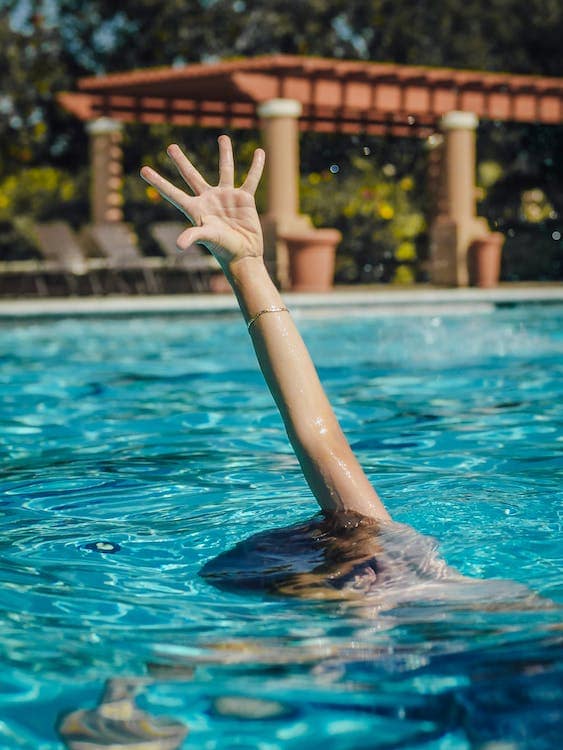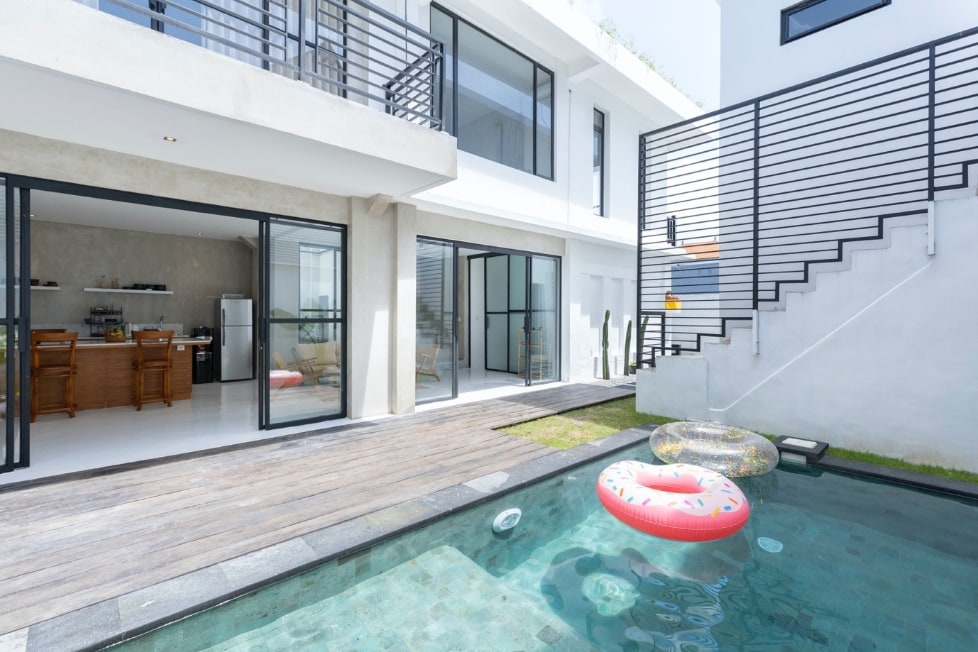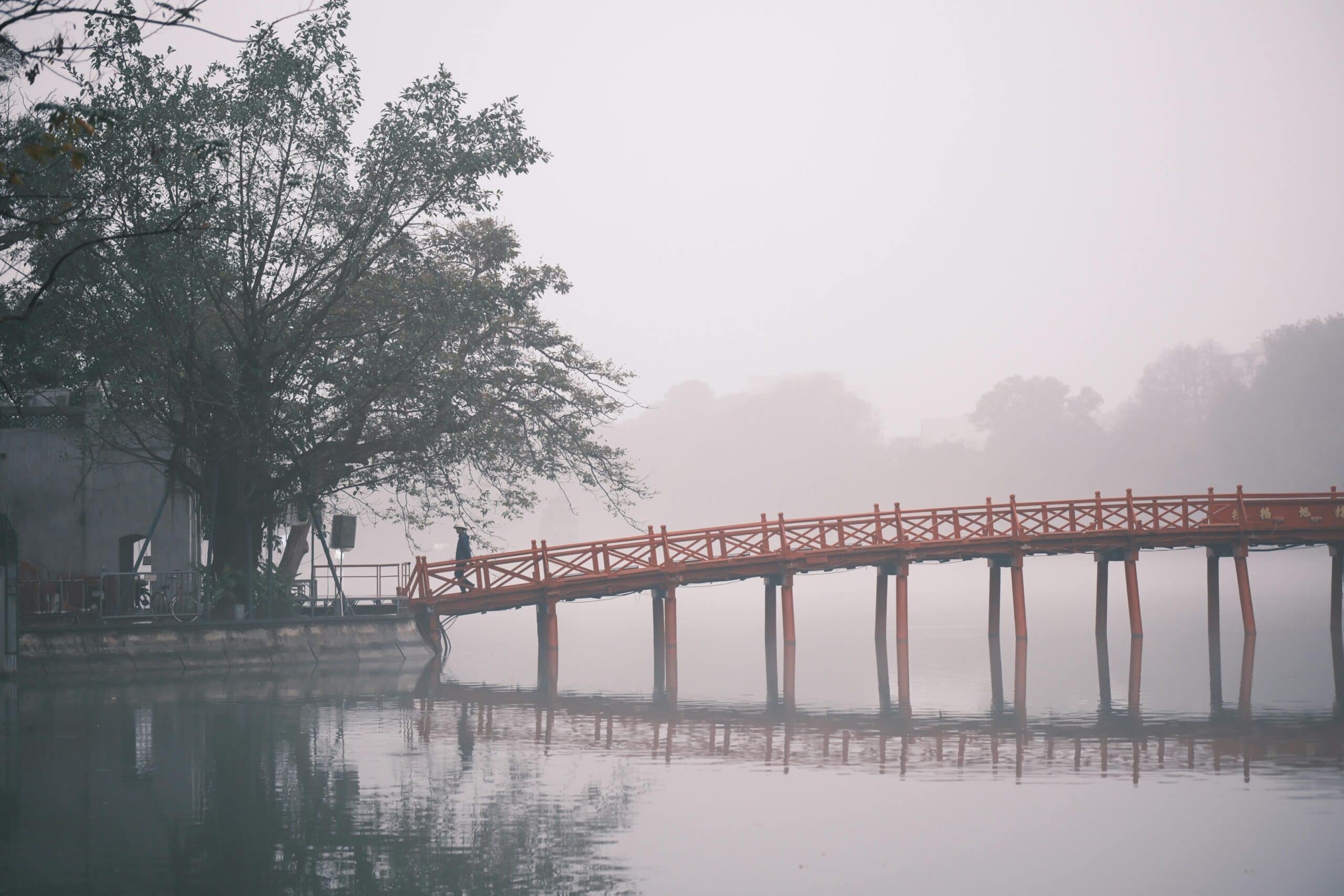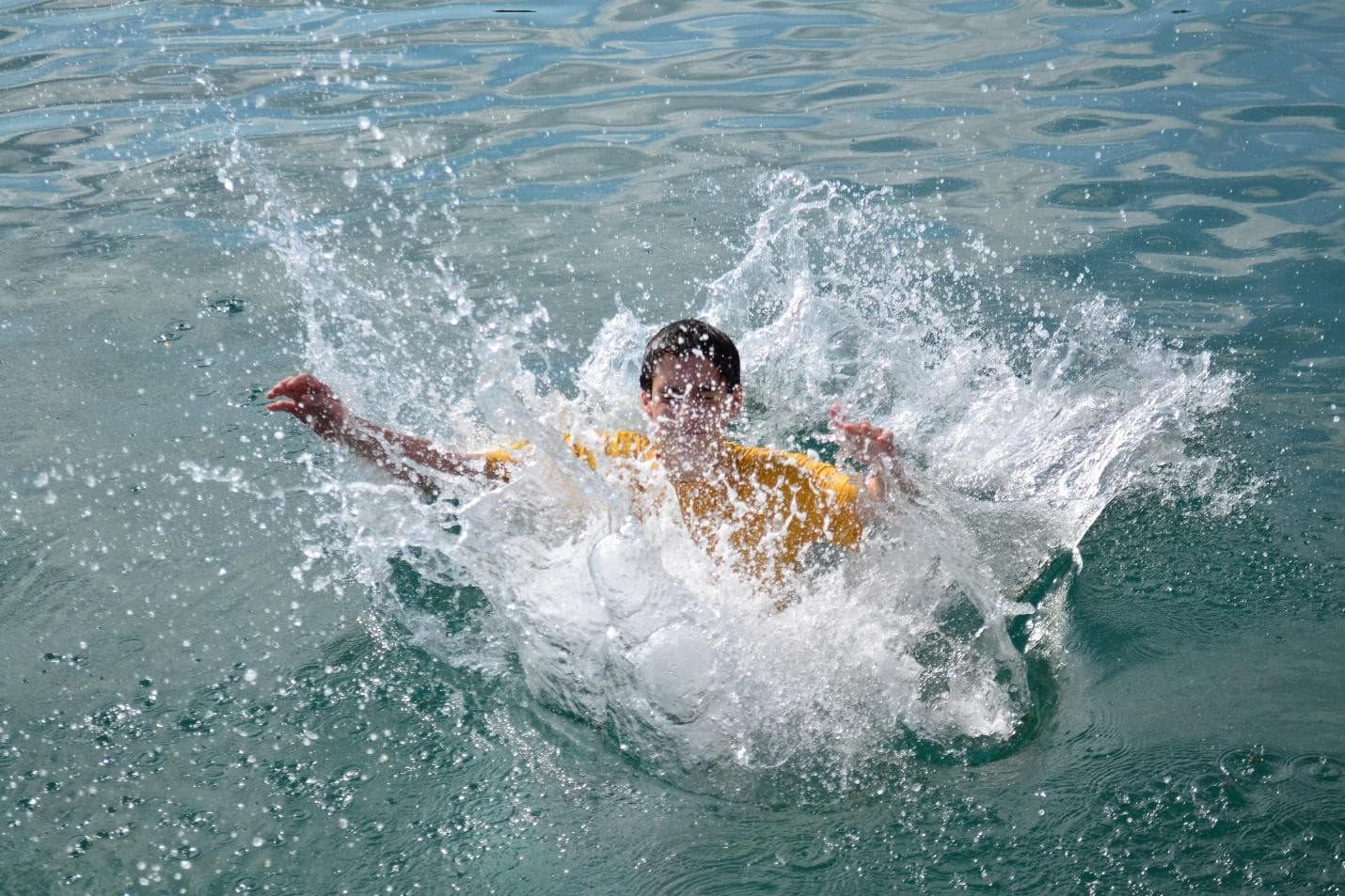Regulations for swimming pools in Nevada are designed to create a safe culture around the backyard pools. At the heart of the Nevada swimming pool regulations are fence laws meant to prevent accidental or unsupervised access to the pools by children and impaired individuals. Hence, following the laws and regulations can significantly lower drowning cases in Nevada. Let’s take a deeper dive to understand these regulations better.
The Southern Nevada Amendments
The regulations for swimming pools in southern municipalities in Nevada are governed by the Southern Nevada Amendments to the 2018 International Swimming Pool & Spa Code. These regulations provide the basic standards to maintain safety for public and private swimming pools.
In 2018, the International Swimming Pool and Spa Code was launched by a team of skilled international designers and builders for poolside safety. The guidelines ensure water attractions are safe for the public. Since Nevada pool regulations had similar goals, they adopted the ISPSC 2018 regulations with a few amendments- providing the baseline for landowners. These include the following laws and regulations for swimming pool safety:
- A fence should surround the swimming pool to prevent access. The fence should be at least 48″ above the finished ground level (facing away from the pool)
- The opening should be small so that not even a four-inch diameter sphere can pass through the opening. It should not have a protrusion or indentation except for masonry joints.
- The vertical slat spacing in the fence should not be wider than 1-3/4 inches. This includes the decorative cutouts if any. As the mesh holes are so small, the fence is resistant to climbing and trespassing.
- The horizontal cross should not be more than an inch off the ground near the poolside, and the fabric should not be lifted higher than 4 inches. It prevents pets and kids from crawling under the weak fence.
- The chain link fences should have a maximum mesh size of 1-1/4 inches, not more.
- All swimming pool fences/barriers must conform to the same requirements. Furthermore, they should include a door opening away from the pool and have a self-latching device on the gate near the poolside at least 3″ below.
- If the wall of the dwelling is part of the pool barrier and has a door, then you should install a sensor on the door. The sound of the sensor should be different from other household sensors.
- All swimming pools in Nevada should feature a power safety cover that can easily hold a weight of 485 pounds.
Failure to conform to Nevada’s swimming pool safety laws and regulations can increase the risk of drowning accidents. In such a situation, the property owners shall be held liable. The drowning accident lawyer at The Bourassa Law Group can help you seek justice and compensate you for losses and injuries. Call us at (800)870-8910 for a free consultation today. We can help you navigate the process and determine your eligibility for a claim.





